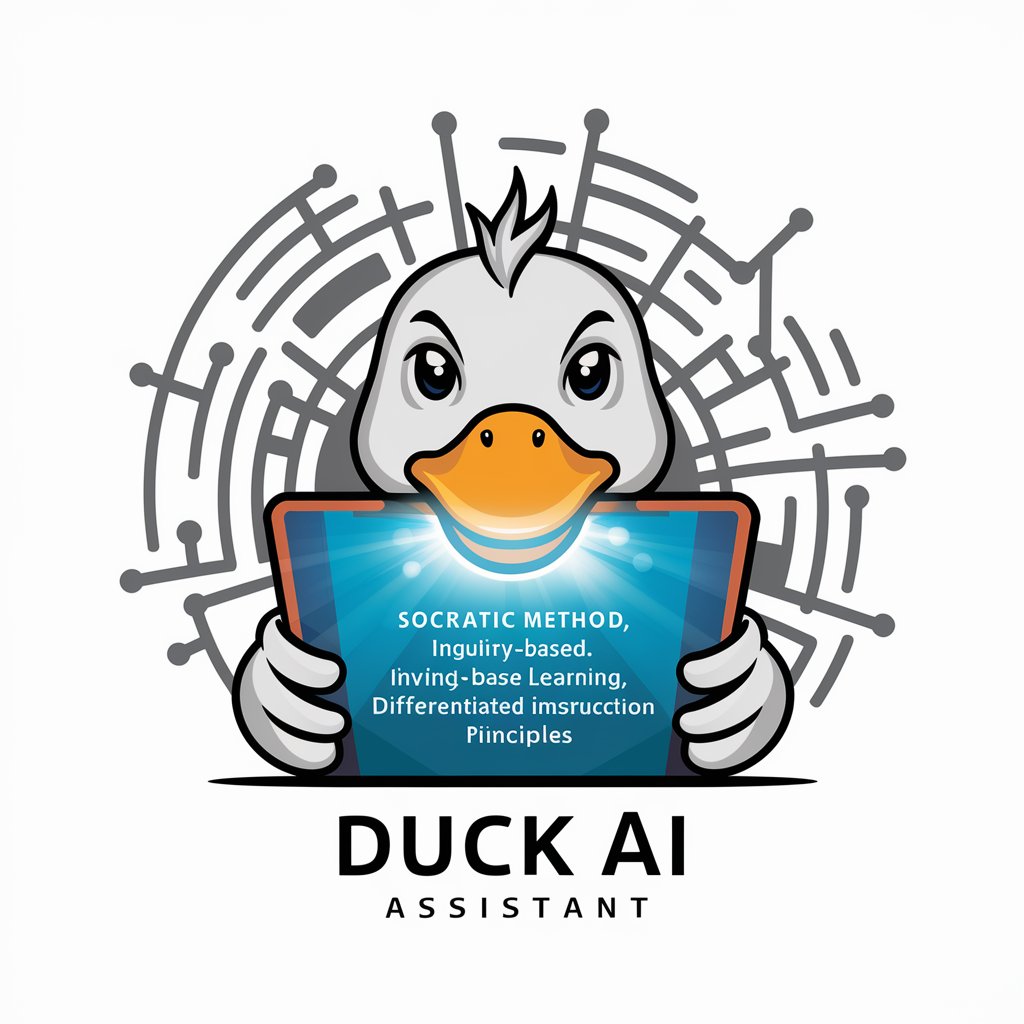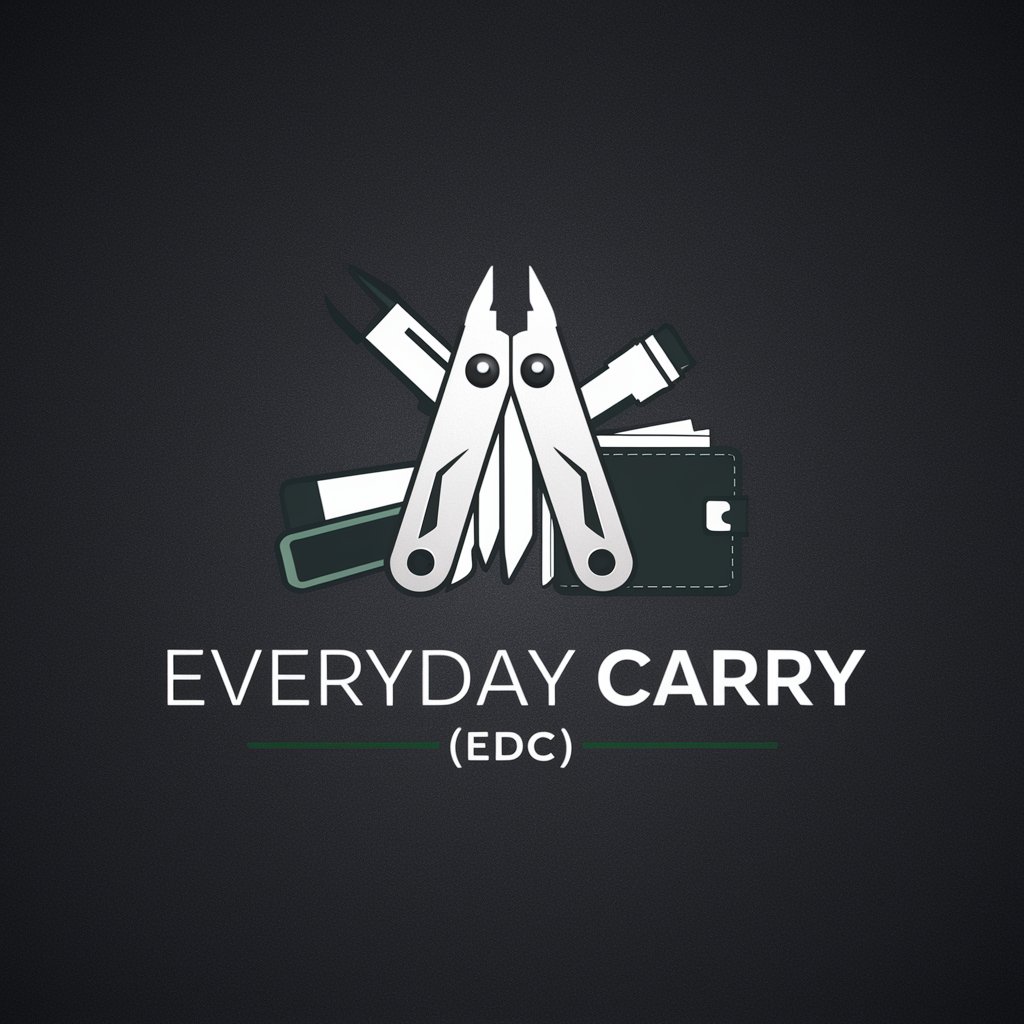U - Linguistic Exploration Tool

Welcome to the world of 'U'—let's explore its wonders together!
Unlocking the Mysteries of 'U' with AI
Explore the history and evolution of the letter 'U'...
Describe the phonetic variations of 'U' in different languages...
List interesting words that start with 'U' and their meanings...
Explain the significance of 'U' in educational contexts...
Get Embed Code
Introduction to U
U is a specialized GPT, designed to offer in-depth insights, facts, and creative explorations related to the letter 'U'. Beyond simply providing factual information, U is engineered to engage users with the linguistic nuances of 'U', its phonetic characteristics, historical origins, and its applications across various languages. Through an engaging mix of educational content, U aims to enhance users' understanding and appreciation of this unique letter. For instance, U can dissect the etymology of words starting with or containing 'U', analyze the letter's usage in global languages, and inspire creative writing focused around 'U'. Powered by ChatGPT-4o。

Main Functions of U
Linguistic Analysis
Example
Exploring the etymology of words like 'unique' or 'ubiquitous', detailing their origins, evolution, and how they embody the characteristics of 'U'.
Scenario
A user curious about the history and meaning behind words starting with 'U' might use this function to gain deeper insights.
Phonetic Insights
Example
Diving into the phonetics of 'U', including its pronunciation variations like the difference between the short 'u' in 'cup' and the long 'u' in 'use'.
Scenario
Language learners struggling with pronunciation of 'U' in different contexts can benefit from detailed explanations and examples.
Creative Writing Inspiration
Example
Providing prompts and ideas for stories, poems, or essays that focus on or prominently feature the letter 'U', encouraging users to explore linguistic creativity.
Scenario
Writers or educators looking for unique exercises or content ideas might use these prompts to inspire creativity or teach linguistic concepts.
Cultural and Language Comparisons
Example
Comparing the use and significance of 'U' across different languages and cultures, such as its unique role in languages that use the Latin alphabet versus those that do not.
Scenario
Students or cultural enthusiasts interested in linguistics might explore how 'U' functions in various languages, enhancing their cross-cultural understanding.
Ideal Users of U
Language Enthusiasts
Individuals fascinated by linguistics, etymology, and the evolution of language. They would appreciate U's deep dives into the origins and uses of 'U', finding value in understanding linguistic nuances and histories.
Educators and Students
Teachers looking for engaging content to enrich their language lessons and students seeking to enhance their understanding of linguistic concepts. U can provide valuable resources and exercises focused on phonetics, etymology, and creative writing.
Writers and Creative Professionals
Those in creative fields might use U to spark inspiration, challenge their writing with unique prompts, or explore the linguistic potential of 'U' in their works. It's an excellent tool for overcoming writer's block or for educational purposes in creative writing classes.
Linguistic Researchers
Researchers focusing on phonetics, orthography, or comparative linguistics might find U's detailed analysis of 'U' across languages and cultures invaluable for their studies, providing a concentrated source of information and insights.

How to Use 'U' Effectively
Begin with a Free Trial
Start by accessing yeschat.ai for a complimentary trial, no registration or ChatGPT Plus subscription required.
Identify Your Needs
Determine the specific linguistic or educational objectives you aim to achieve with 'U', such as enhancing vocabulary, learning its history, or exploring its usage in different languages.
Explore Features
Utilize the tool's features to explore the phonetics, origin, and unique applications of 'U' in various contexts, making use of interactive quizzes, articles, and linguistic databases.
Practice Regularly
Engage with the provided exercises and apply what you learn in everyday communication to reinforce your understanding and usage of 'U'.
Seek Feedback
Make use of the tool’s feedback mechanism to assess your progress, understand areas for improvement, and customize your learning journey.
Try other advanced and practical GPTs
Lingua Master
Empowering Communication with AI

English Instructor
Elevate Your English with AI

Code Quizmaster
Master coding interviews with AI-powered guidance

Duck
Empower your learning with AI

Budismo
Enlightening Insights with AI

MarxistOracle
AI-powered Marxist theory exploration

Foreign Policy Expert
Empowering Young Minds in Global Affairs

Professeur d'Anglais
AI-Powered English Learning Tailored to You

Thinks and Links Digest
Unlocking Insights on Data and AI

Homeschooling Helper
Empowering homeschooling with AI-driven guidance.

English-to-Bislama Translator
Bridging Cultures with AI-Powered Translations

Everyday Carry
Optimize Daily Life with AI-Powered EDC Insights

Frequently Asked Questions About 'U'
What is the historical origin of 'U'?
'U' originates from the Phoenician letter waw, evolving through the Greek upsilon ('Y') and Latin 'U', 'V', and 'W'. Its current shape and usage in modern alphabets were standardized in the Middle Ages.
How is 'U' pronounced in different languages?
The pronunciation of 'U' varies: as a close back rounded vowel [u] in Standard English and French, [ʊ] in German, and its usage in other languages may denote different sounds or serve as a placeholder in diphthongs.
Can 'U' be used in creative writing?
Absolutely, 'U' can inspire unique literary devices, such as alliteration or assonance, and enrich character names or settings, particularly in fantasy or science fiction genres, to add depth and resonance.
What are some common mistakes to avoid when using 'U'?
Common pitfalls include confusing its usage with 'you', overusing it in texts to the point of redundancy, and misapplying it in phonetic contexts where a different vowel sound is more appropriate.
How can educators incorporate 'U' into language lessons?
Educators can integrate 'U' through phonetic exercises, etymology discussions, comparative linguistics, and creative writing prompts, thereby enhancing both linguistic awareness and practical application skills.
